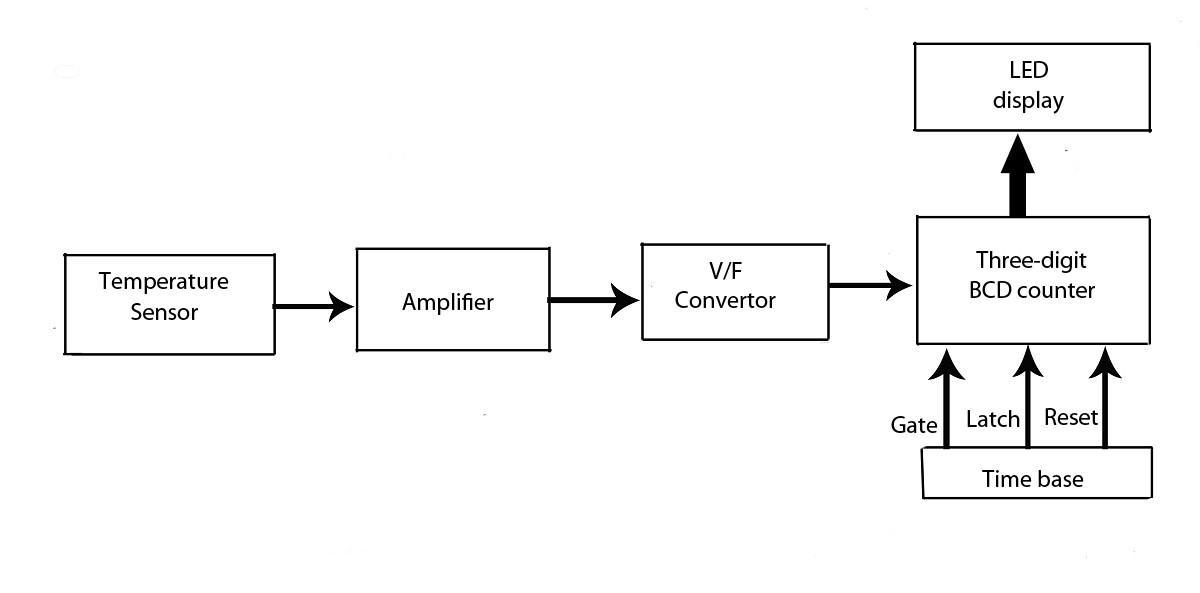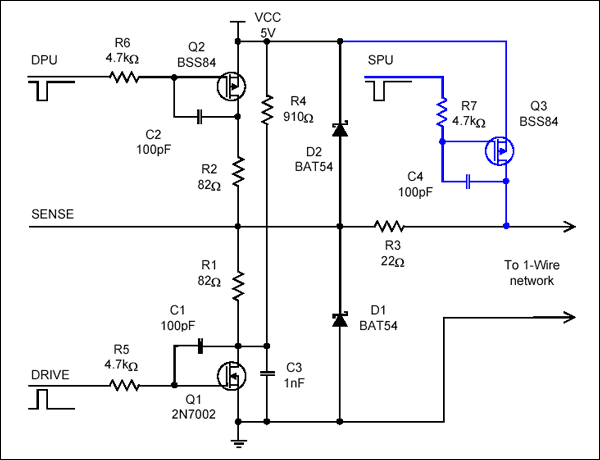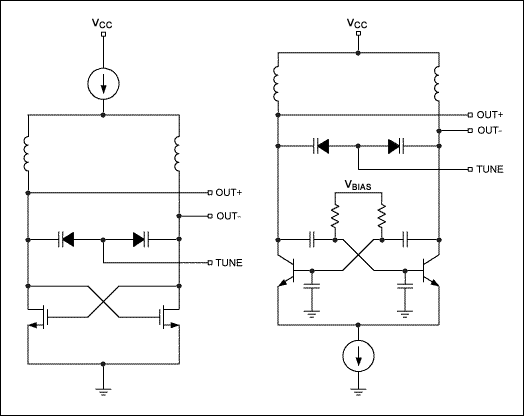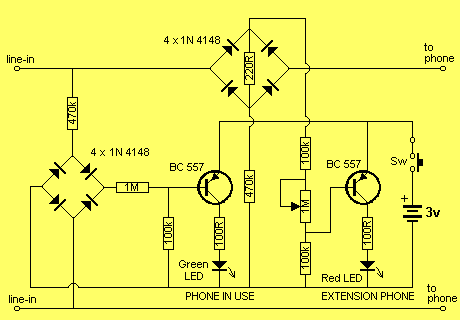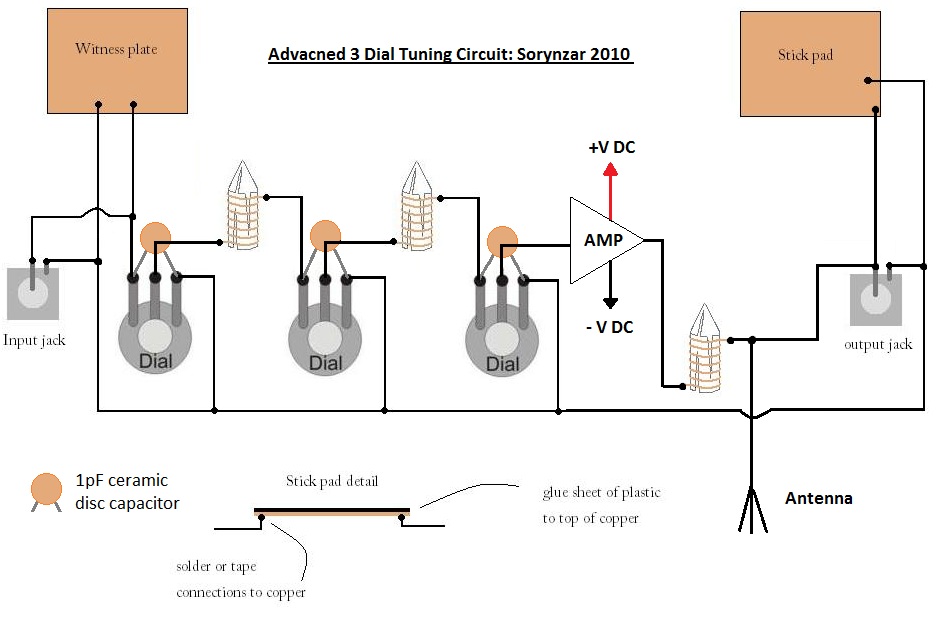
A. A. van Zoelen`s "Z-bridge"
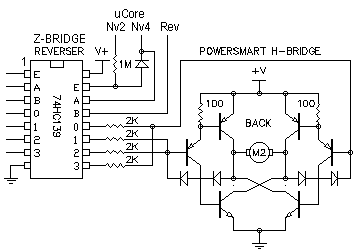
You can drop all off the transistors and resistors if your motors don’t drain too much current. You only need a 74F139 or 74S139 NOT the LS version. The chip can provide peak currents up to 100mA for a short time (<1 second) and to one output at a time. This is for normal connections. I don’t know how far you can go with this misbehavior. It’s nothing special, but you get the idea how it is done.
The circuit described involves the use of a 74F139 or 74S139 dual 2-to-4 line decoder/demultiplexer, which is suitable for applications where limited current output is required, such as controlling small motors. The choice of the 74F139 or 74S139 over the LS version is crucial due to their higher output current capabilities. The 74F139 can drive up to 100mA per output for brief periods, making it suitable for applications where short bursts of power are needed, such as starting small motors.
In typical configurations, the outputs of the 74F139 or 74S139 can be used to activate different motors or other loads. When designing the circuit, it is essential to ensure that the total current drawn by the motors does not exceed the specified limits of the chip. The outputs should be connected directly to the motors, with adequate consideration for the inductive kickback that motors can produce. This can be mitigated by incorporating flyback diodes across the motor terminals to protect the IC from voltage spikes.
For applications where the motors require continuous operation, additional components such as transistors may be necessary to handle the higher current demands. However, if the motors are low-power and do not exceed the current rating of the 74F139 or 74S139, the circuit can be simplified by eliminating these components.
In summary, the circuit leverages the capabilities of the 74F139 or 74S139 for controlling motors with low current demands, allowing for a straightforward design while ensuring protection against potential damage from inductive loads.You can drop all off the transistors and resistors if your motors don`t drain too much current. You only need a 74F139 or 74S139 NOT the LS version. The chip can provide peak currents up to 100mA for a short time (<1 second) and to one output at a time. This is for normal connections. I don`t know how far you can go with this misbehavior. It`s nothing special, but you get the idea how it is done. 🔗 External reference
The circuit described involves the use of a 74F139 or 74S139 dual 2-to-4 line decoder/demultiplexer, which is suitable for applications where limited current output is required, such as controlling small motors. The choice of the 74F139 or 74S139 over the LS version is crucial due to their higher output current capabilities. The 74F139 can drive up to 100mA per output for brief periods, making it suitable for applications where short bursts of power are needed, such as starting small motors.
In typical configurations, the outputs of the 74F139 or 74S139 can be used to activate different motors or other loads. When designing the circuit, it is essential to ensure that the total current drawn by the motors does not exceed the specified limits of the chip. The outputs should be connected directly to the motors, with adequate consideration for the inductive kickback that motors can produce. This can be mitigated by incorporating flyback diodes across the motor terminals to protect the IC from voltage spikes.
For applications where the motors require continuous operation, additional components such as transistors may be necessary to handle the higher current demands. However, if the motors are low-power and do not exceed the current rating of the 74F139 or 74S139, the circuit can be simplified by eliminating these components.
In summary, the circuit leverages the capabilities of the 74F139 or 74S139 for controlling motors with low current demands, allowing for a straightforward design while ensuring protection against potential damage from inductive loads.You can drop all off the transistors and resistors if your motors don`t drain too much current. You only need a 74F139 or 74S139 NOT the LS version. The chip can provide peak currents up to 100mA for a short time (<1 second) and to one output at a time. This is for normal connections. I don`t know how far you can go with this misbehavior. It`s nothing special, but you get the idea how it is done. 🔗 External reference
